Grey Foam-nest Tree Frog (
Chiromantis xerampelina)
Family: Rhacophoridae

© Moshi Monster
Mapungubwe National Park, Limpopo
Description
A very large
Chiromantis with almost full webbing. Males 43–75 mm, females 60–90 mm. A slender gray treefrog, appearing almost completely white
during the daytime. Dorsal surfaces brownish to grey, sometimes white, with or without darker mottling. In some individuals the backis mottled with a darker brown pattern resembling tree bark. No tarsal fold. The eyes are large with horizontal pupils, and the tympanum is distinctly visible. It has extensive webbing; broad web extends more than 70% of the distance between the tubercles of the third finger.The fingers have wide expanded disks and are arranged in opposable pairs that wrap easily around small branches. Toes are completely webbed.
Distribution
C. xerampelina is widely distributed in eastern and southern Africa. It is found in Angola, Botswana, Kenya, Malawi, Mozambique, Namibia, South Africa, Swaziland, Tanzania, Zambia, and Zimbabwe, and possibly the Democratic Republic of the Congo and Somalia. In South Africa it is confined to the northern bushveld, eastern lowveld and south through Swaziland and northern KwaZulu-Natal to the coast.
Habitat
It is a very adaptable species living in all types of savannah, shrubland, disturbed forests, grassland, agricultural land, pastureland and suburban areas. It breeds in temporary pools using foam nests.
Size
This is the largest of South Africa's ‘tree frogs’. Males measure 43-75 mm and females 60-90 mm in snout-vent length.
Behavior
These frogs are well adapted to a dry, arboreal life although they may frequently visit water to rehydrate. They will rarely be found swimming or sitting in water like many other frogs and toads but are commonly found in and around buildings where lights attract a source of insect food. With a variety of mottled patterns, they can change color within a range of white to dark grey to match their background and are well camouflaged against tree bark.
These frogs must tolerate high temperatures and dry conditions, and they have evolved a highly waterproof skin, the ability to change color to a bright white that helps reflect sunlight, and a 'scrunched' posture shown here that minimizes surface area. This frog has not shifted to the 'white' color and is a camouflaged blotchy brown. They spend the day sitting on tree limbs.
Breeding
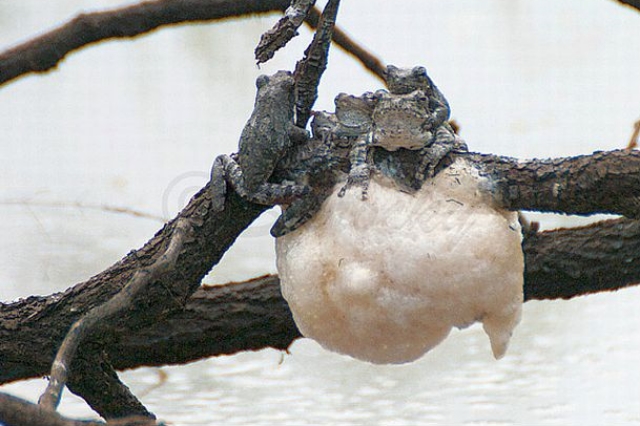
© Sprocky
Kruger National Park
The males gather at suitable nesting sites at night where they produce soft, discordant croaks and squeaks. They do not appear to be territorial, and two or more frogs close together, or even on top of each other, will call irregularly and independently.
The grey foam-nest tree frog mates in what is described as the most extreme example of polyandry of all vertebrates. The simultaneous polyandry begins when a female starts releasing eggs onto a tree branch. Up to 12 males then cluster around her and fertilize the eggs.
A study in 2008 found that fertilization success was positively correlated with the number of mating males, and females that mated with more males also produced more tadpoles. These findings provide evidence that polyandry can benefit female frogs by increasing fertilization success and offspring production.
Additionally, offspring of these polyandrous encounters are more likely to survive than the eggs fertilized by a single male.
Foam Nests

© Alf
Kruger National Park, on the S118 near the S114 intersection (9 January 2014)
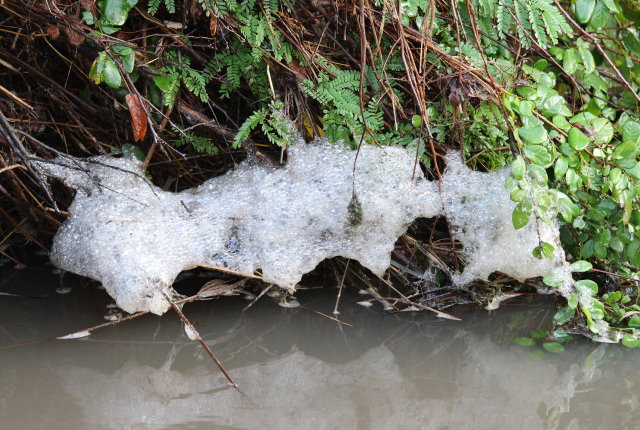
© Flutterby

© nan
The common name comes from the whitish clumps of foam that they construct as ‘nests’ in which to lay their eggs. These nests are always constructed on some branch or object over, and often many metres above, water. Nest construction begins when the female releases an oviducal secretion and churns it into a white foam with her hind legs. Into this foam she lays 500 - 1250 eggs, on average, which are fertilized by attendant males. Neither the amplexing male nor the peripheral males participate in the construction of the foam nest. Communal nests, involving two or more females and numerous males, are commonly formed.
The foam prevents desiccation of the eggs and keeping eggs and small tadpoles out of water eliminates much predation.
The nest may take up to seven hours to complete, and nest construction is split into 2–4 sessions. Between sessions, the female leaves the nest site and returns to the water to rehydrate.
About five days after hatching the small tadpoles wriggle out of the foam to drop into the water below, where they continue to grow and complete their normal metamorphosis.
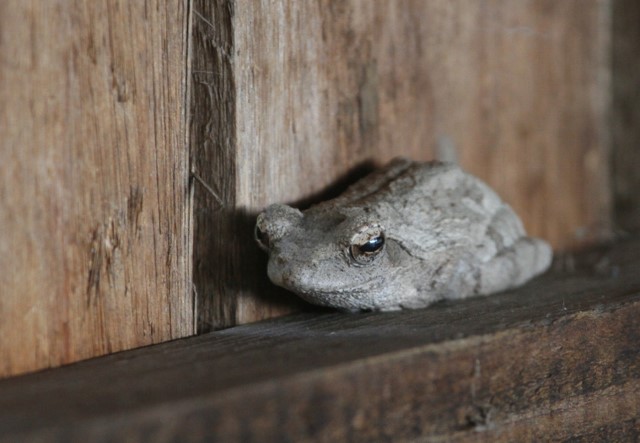
© nan
Lake Panic, Kruger National Park

© nan
Lower Sabie Camp, Kruger National Park

© nan
Shireni Bushveld Camp, Kruger National Park
Did you know that....
Chiromantis xerampelina changes colour from dark grey to chalky white depending on the temperature – in hotter temperatures, the skin colour becomes lighter to reduce water loss. These photos, of the same individual, were taken on the same day in an outside shower area.
Links:
FrogMAP Species text



 © Moshi Monster
© Moshi Monster © Sprocky
© Sprocky © Alf
© Alf © Flutterby
© Flutterby © nan
© nan © nan
© nan © nan
© nan © nan
© nan
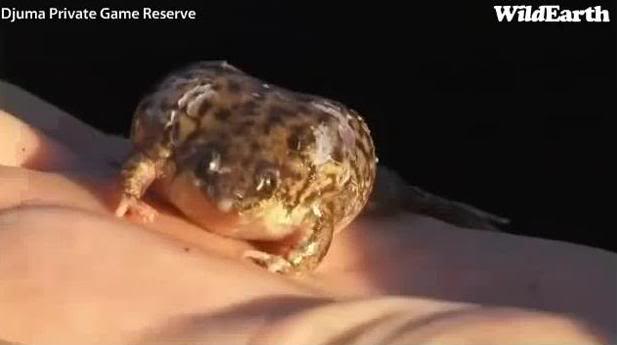

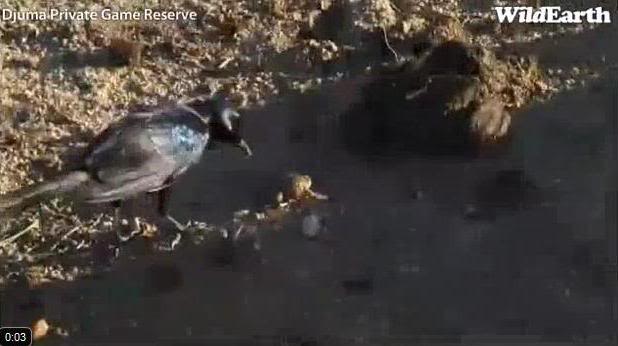


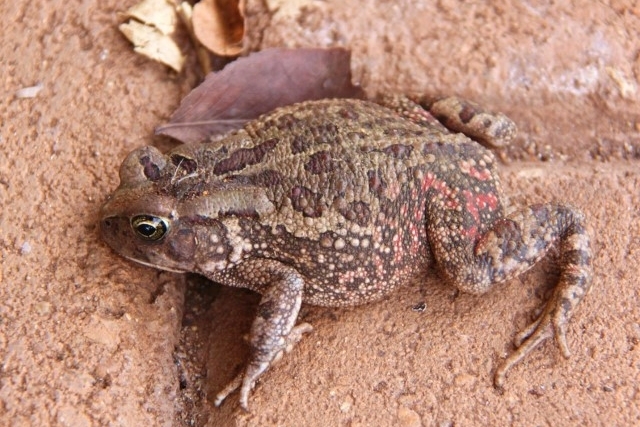 © nan
© nan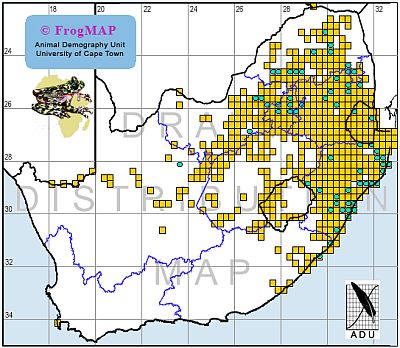
 © BluTuna
© BluTuna © BluTuna
© BluTuna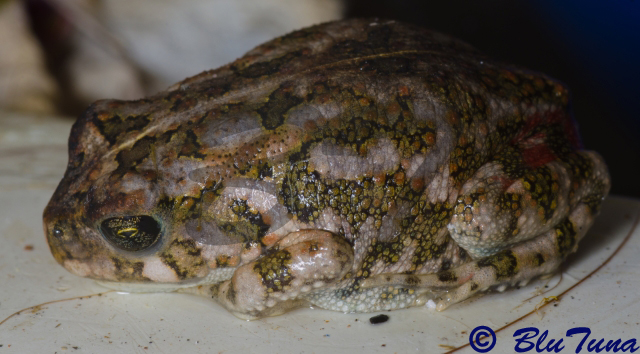 © BluTuna
© BluTuna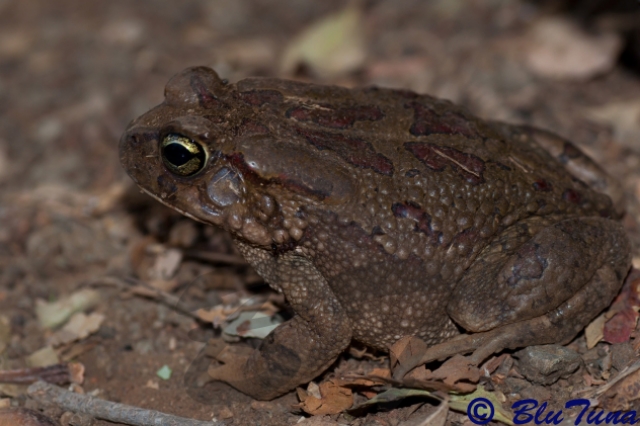 © BluTuna
© BluTuna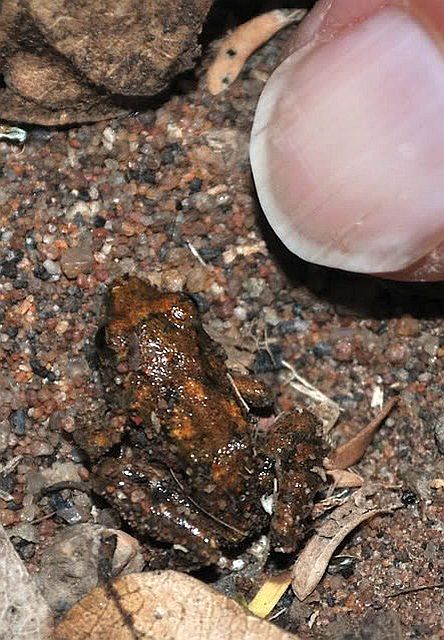 © BluTuna
© BluTuna


 © mposthumus
© mposthumus © Pumbaa
© Pumbaa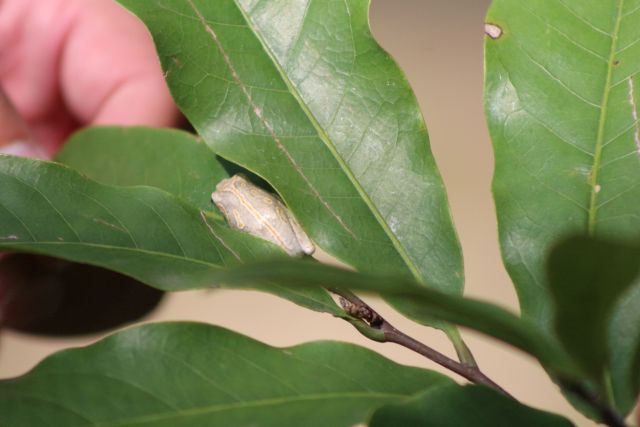 © Alf
© Alf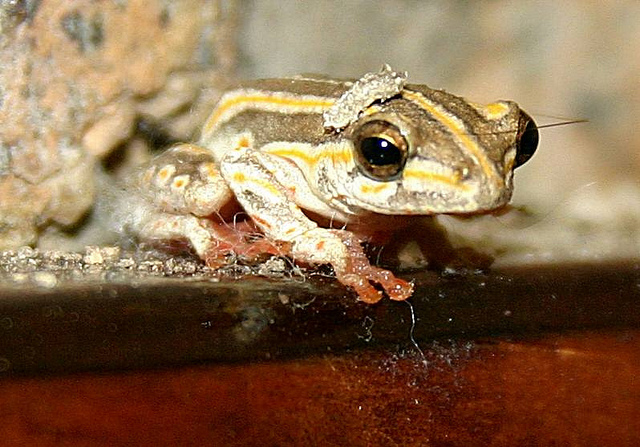 © mposthumus
© mposthumus © PJL
© PJL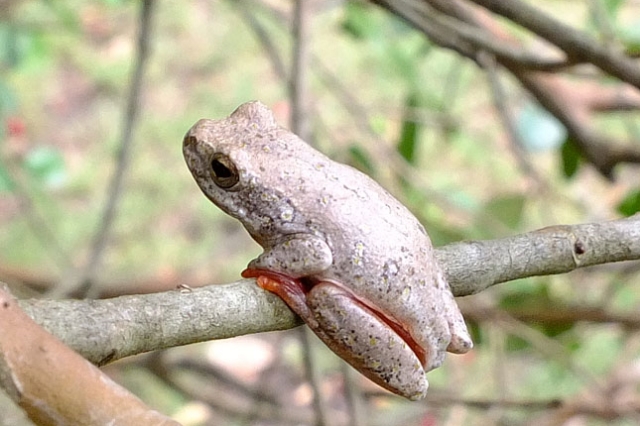 © PJL
© PJL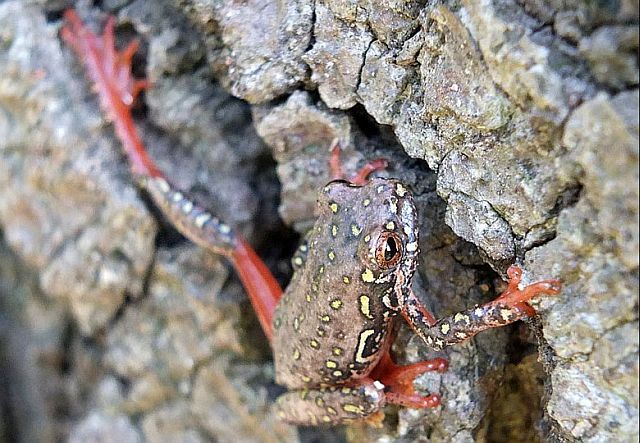 © PJL
© PJL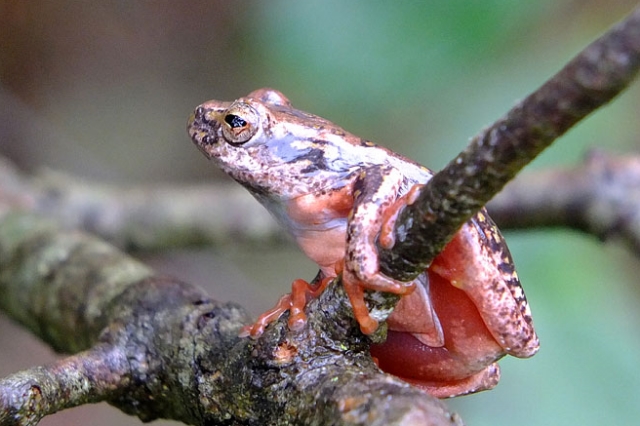 © PJL
© PJL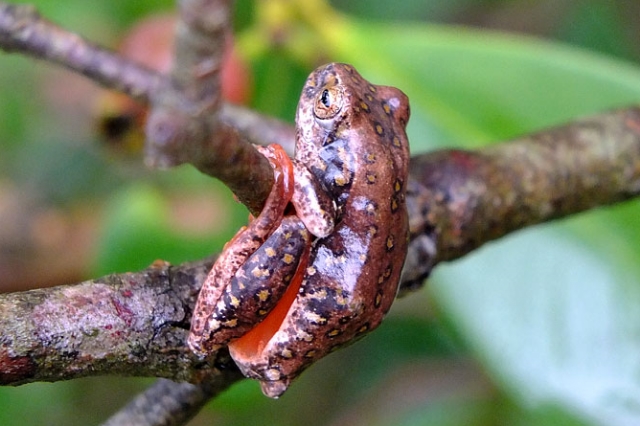 © PJL
© PJL